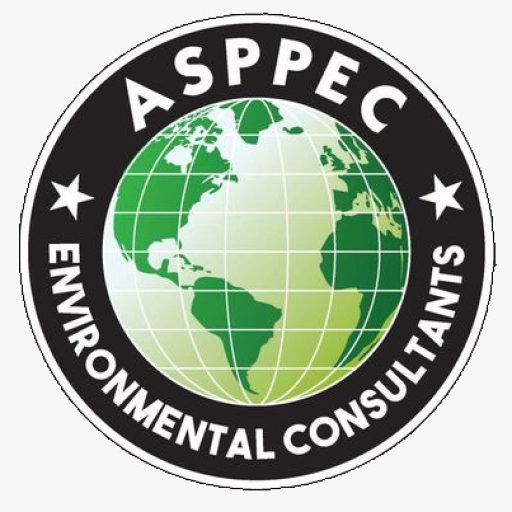Emission Monitoring and Management Services
ASPPEC is a leading emission monitoring and management service provider. From boiler and turbines emissions, vehicular emissions, coal fired boiler emissions, fugitive emissions, and product greenhouse gaseous emissions. We provide a full range of Emission Monitoring and Management services to the industrial processes, fertilizer, cement, Energy and Petrochemical Industries. Our experience and innovative technologies provides efficient monitoring and accurate measurement of hydrocarbon emissions. We provide a team of expert engineers in emission monitoring, quantification of total GHG emissions, and professional GHG reporting. We use hydrocarbons thermal gas imaging and Infrared gas detection and measurements techniques for fugitive gas emission monitoring and quantifications.
We are committed to provide specialized solutions for our clients in a full range of services that include:
-
Stationary Sources Emission Monitoring
-
Infrared fugitive Emission Detection
-
Fugitive Emissions Management Program (FEMP) developments
-
Emission Sources Recovery Cost/benefit analysis
-
Leak detection and Repair program services (LDAR)
-
Repair Recovery Corrective Action tracking
Stationary Sources Emission Monitoring
ASPPEC provides it technical services using state-of-the-art monitoring equipments for stationary sources monitoring. We provide support on commissioning stage for the stacks performance monitoring, emissions compliance and CEMS validation. Compliance monitoring of a stationary source can be accomplished on either a continuous or an intermittent basis. Some stationary sources use a continuous emission monitoring (CEM) system which is permanently installed on a stack or process ductwork to measure the emissions of one or more pollutants. Instead of, or in addition to, the CEM system measurements, a source may conduct a one-time or periodic compliance emissions test to measure the magnitude of one or more of its emissions. A test typically consists of three discrete measurement runs, each run lasting one or more hours depending on the test method and pollutant concentration(s). Our team is equipped with latest equipments for SOx, NOx, CO, CO2, O2, Ozone, tVOC and PM monitoring. Iso-kinetic sampler is also used for SO3, Pd, Cr, Co, Se, Fe, etc, dioxins, furans and other pollutants. We conduct following specialized studies:
- Stack compliance monitoring
- RATA test
- Combined cycle and simple cycle compliance monitoring
- Stratification Tests for the newly installed stacks
- CEMS Validations and verifications
Infrared Fugitive Emissions (Optical Gas Imaging)
ASPPEC eission Services specializes in the use of infrared thermal imaging to locate hydrocarbon gas emissions. We use an innovative technology, infrared and thermal imaging video cameras. These highly specialized infrared cameras deliver real-time thermal images of gas leaks. Optical emission detection is a relatively new technology that has been developed to provide rapid, accurate and safe identification of fugitive gas emissions. This technology enables the operator to “see” emissions of hydrocarbon gas (methane, propane, butane, aromatics, etc.) that are normally invisible. The thermal imaging facilitates precise identification of the origin of the leak, essential for repair activities. Benefits of optical leak imaging include:
· Cost-effectively scan hundreds of components simultaneously
· Identify exact source of leaks in real-time
· Direct access with portable, battery-powered camera
· Assessments performed without interruption of operations
· Scan hard-to-reach components from a distance
· Provides video records of emission sources
Fugitive Emissions Development Program (FEMP) developments?
As ASPPEC emission Services, we offer customized Fugitive Emissions Management Program (FEMP) development to meet the regulatory requirements and emissions reduction targets. We design customized FEMP that develops maximum benefits to our clients in an efficient and cost effective manner.
ASPPEC provides customized guidance documents to develop tailored inspection protocols. We involve:
· Effective identification and classification of all sources of fugitive emissions using the best available technology,
· Consistent source data,
· A system to track and confirm repair/recovery efforts
· A high degree of Quality Control
· A system to ensure all regulatory requirements are met
Fugitive Emission Reduction Standards:
Our developed FEMPS include the development of fugitive emission reduction operating procedures. ASPPEC helps its clients to develop the standards including:
· Routine inspection and process monitoring activities of high leak/vent components that require frequent monitoring
· Recommended practices and technologies for reducing fugitive losses from routine operating processes
· A listing of recommended equipment standards that increase product recovery and reduce fugitive losses
· Installation of cost effective emissions monitoring systems
· A training program to inform the facility personnel to the requirements of the FEMP Fugitive Emission Reduction Operating Procedure
Emission Sources Recovery Cost/Benefit Analysis ?
Emissions recovery and energy recovery from the emissions are both cost effective for any industry. ASPPEC provides its technical and expert services for the new processes and technologies for emission reductions and energy recoveries. Carbon dioxide reduction and capture plays important role in Greenhouse Gases Reductions. This offers a stand point for various organizations to claim the carbon credits and to claim sustainable growth initiatives on one hand and strong marketing tools on the other hand.
ASPPEC provides its expert technical services in Emissions Sources Recovery by providing technical models and cost benefits analysis for such initiatives. We have engaged engineers to offer customized technology solutions. Emission sources recovery impacts products footprints and life cycle determinations.
